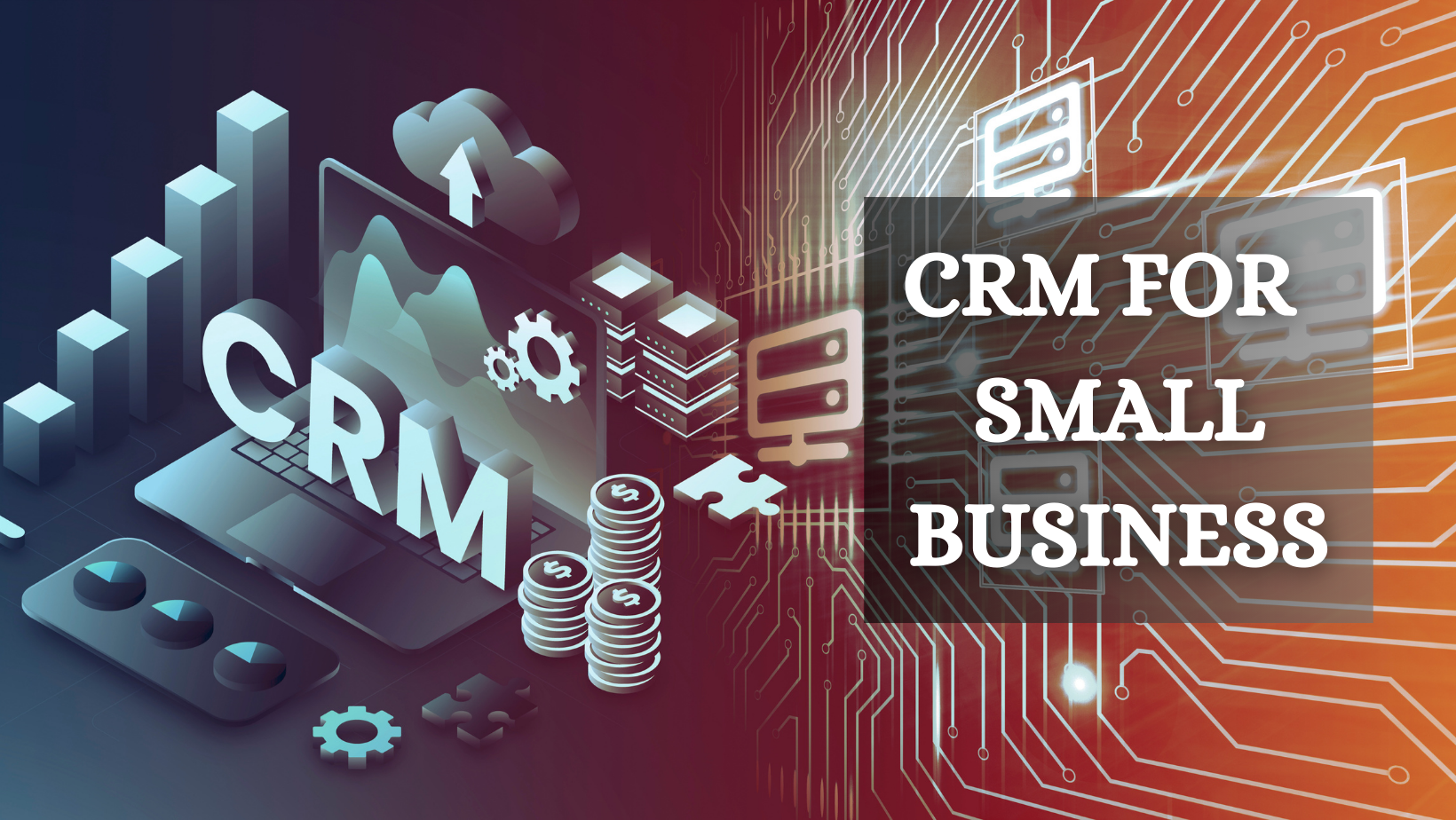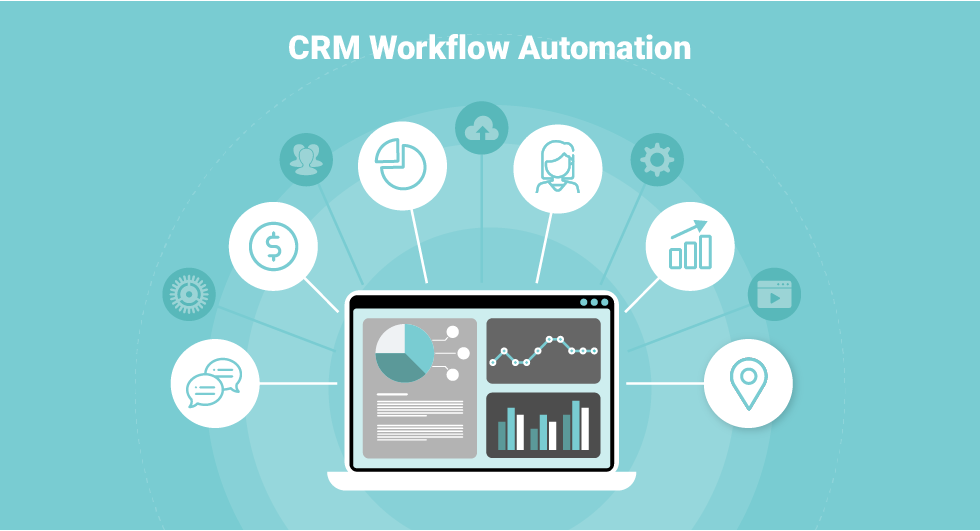In the dynamic world of marketing, staying ahead of the curve requires more than just intuition; it demands data-driven decisions. And at the heart of data-driven marketing lies Customer Relationship Management (CRM) systems. But a CRM is just a tool. Its true power is unlocked through the careful monitoring and analysis of key metrics. This comprehensive guide delves into the world of CRM marketing metrics, providing you with the knowledge and insights needed to transform your customer relationships and drive sustainable growth.
Understanding the Importance of CRM Marketing Metrics
Why are CRM marketing metrics so crucial? Think of them as the compass and map for your marketing journey. They provide the following benefits:
- Measure Success: Metrics provide quantifiable data to assess the effectiveness of your marketing campaigns.
- Identify Areas for Improvement: By analyzing metrics, you can pinpoint weaknesses in your strategies and make necessary adjustments.
- Optimize ROI: Metrics help you allocate resources effectively, ensuring you get the most out of your marketing budget.
- Personalize Customer Experiences: Data from CRM metrics allows you to understand your customers better, enabling you to tailor your marketing messages and offers.
- Predict Future Trends: By tracking trends over time, you can anticipate future customer behavior and market changes.
Without a clear understanding of your CRM marketing metrics, you’re essentially marketing in the dark. You might be wasting resources on ineffective campaigns or missing opportunities to connect with your customers on a deeper level. This guide will equip you with the knowledge to avoid these pitfalls and harness the power of CRM metrics.
Key CRM Marketing Metrics to Track
The realm of CRM marketing metrics is vast, but certain metrics stand out as essential for understanding and improving your marketing performance. Let’s break down some of the most important ones:
1. Customer Acquisition Cost (CAC)
Definition: This metric calculates the total cost of acquiring a new customer. It includes all marketing and sales expenses associated with attracting a new customer.
How to Calculate: (Total Marketing & Sales Spend) / (Number of New Customers Acquired)
Why It Matters: CAC helps you understand the efficiency of your customer acquisition efforts. A high CAC can indicate that your marketing campaigns are not cost-effective, while a low CAC suggests that you’re acquiring customers efficiently.
Example: If you spend $10,000 on marketing and sales in a month and acquire 100 new customers, your CAC is $100.
2. Customer Lifetime Value (CLTV)
Definition: This metric predicts the total revenue a customer will generate throughout their relationship with your company.
How to Calculate: (Average Purchase Value) x (Average Purchase Frequency) x (Average Customer Lifespan)
Why It Matters: CLTV provides a long-term view of your customer relationships. It helps you understand the value of each customer and allows you to make informed decisions about customer retention and acquisition strategies. A high CLTV indicates that your customers are valuable and that you should focus on retaining them.
Example: If a customer spends an average of $100 per purchase, makes 5 purchases per year, and remains a customer for 3 years, their CLTV is $1500.
3. Conversion Rate
Definition: This metric measures the percentage of website visitors or leads who complete a desired action, such as making a purchase, filling out a form, or requesting a demo.
How to Calculate: (Number of Conversions) / (Total Number of Visitors or Leads) x 100
Why It Matters: Conversion rate is a key indicator of the effectiveness of your marketing campaigns and website design. A high conversion rate suggests that your website and marketing efforts are compelling and persuasive, while a low conversion rate indicates that you need to make improvements.
Example: If 100 out of 1000 website visitors make a purchase, your conversion rate is 10%.
4. Customer Churn Rate
Definition: This metric measures the percentage of customers who stop doing business with your company over a specific period.
How to Calculate: (Number of Customers Lost) / (Total Number of Customers at the Beginning of the Period) x 100
Why It Matters: Churn rate is a critical indicator of customer satisfaction and retention. A high churn rate indicates that customers are leaving, which can negatively impact your revenue. It’s crucial to identify the reasons for churn and implement strategies to retain customers.
Example: If you lose 10 out of 100 customers in a month, your churn rate is 10%.
5. Website Traffic and Engagement Metrics
Definition: These metrics track the volume and behavior of visitors on your website. They include metrics like website traffic, bounce rate, time on page, pages per session, and click-through rate (CTR).
Why They Matter: Website traffic and engagement metrics provide insights into how users interact with your website and content. They can help you identify areas for improvement in your website design, content strategy, and SEO efforts.
Metrics to Track:
- Website Traffic: The total number of visitors to your website.
- Bounce Rate: The percentage of visitors who leave your website after viewing only one page.
- Time on Page: The average amount of time visitors spend on a specific page.
- Pages per Session: The average number of pages a visitor views during a session.
- Click-Through Rate (CTR): The percentage of users who click on a specific link or call to action.
6. Marketing Qualified Leads (MQLs) and Sales Qualified Leads (SQLs)
Definition: MQLs are leads that have shown interest in your product or service through marketing activities, such as downloading content or attending a webinar. SQLs are leads that have been qualified by the sales team as being ready for a sales conversation.
Why They Matter: Tracking MQLs and SQLs helps you understand the effectiveness of your lead generation and nurturing efforts. It allows you to see how leads progress through the sales funnel and identify any bottlenecks.
Metrics to Track:
- MQL to SQL Conversion Rate: The percentage of MQLs that convert into SQLs.
- SQL to Customer Conversion Rate: The percentage of SQLs that convert into paying customers.
7. Email Marketing Metrics
Definition: These metrics track the performance of your email marketing campaigns. They include metrics like open rate, click-through rate (CTR), conversion rate, and unsubscribe rate.
Why They Matter: Email marketing metrics provide insights into the effectiveness of your email campaigns. They help you understand how your audience is responding to your emails and identify areas for improvement in your email content, subject lines, and targeting.
Metrics to Track:
- Open Rate: The percentage of email recipients who open your email.
- Click-Through Rate (CTR): The percentage of email recipients who click on a link in your email.
- Conversion Rate: The percentage of email recipients who complete a desired action, such as making a purchase.
- Unsubscribe Rate: The percentage of email recipients who unsubscribe from your email list.
8. Social Media Engagement Metrics
Definition: These metrics track the performance of your social media activities. They include metrics like reach, engagement rate (likes, comments, shares), and follower growth.
Why They Matter: Social media engagement metrics provide insights into how your audience is interacting with your brand on social media. They help you understand which types of content resonate with your audience and identify opportunities to improve your social media strategy.
Metrics to Track:
- Reach: The number of unique users who have seen your content.
- Engagement Rate: The percentage of users who interact with your content (likes, comments, shares).
- Follower Growth: The rate at which you are gaining new followers.
How to Track and Analyze CRM Marketing Metrics
Tracking and analyzing CRM marketing metrics is essential for making data-driven decisions. Here’s a step-by-step guide to help you get started:
1. Choose the Right CRM System
The first step is to choose a CRM system that aligns with your business needs. Consider factors like:
- Features: Does the CRM offer the features you need, such as lead management, email marketing, and sales automation?
- Integrations: Does the CRM integrate with your existing marketing tools and platforms?
- Reporting Capabilities: Does the CRM provide the reporting and analytics you need to track your key metrics?
- Scalability: Can the CRM handle your growing business needs?
- Ease of Use: Is the CRM user-friendly and easy to learn?
Popular CRM systems include Salesforce, HubSpot, Zoho CRM, and Microsoft Dynamics 365.
2. Set Up Your CRM and Integrate with Other Tools
Once you’ve chosen a CRM, set it up and integrate it with your other marketing tools, such as your email marketing platform, social media accounts, and website analytics. This will allow you to collect data from all your marketing channels in one central location.
3. Define Your Key Metrics and KPIs
Identify the specific metrics and Key Performance Indicators (KPIs) that are most important to your business goals. Focus on metrics that will help you measure the success of your marketing efforts and track your progress towards your goals. Don’t try to track everything at once; start with a few key metrics and expand as needed.
4. Establish a Reporting Schedule
Set up a regular reporting schedule to track your metrics. This could be weekly, monthly, or quarterly, depending on your business needs. Create dashboards and reports to visualize your data and make it easier to identify trends and patterns.
5. Analyze Your Data and Identify Trends
Regularly analyze your data to identify trends and patterns. Look for areas where your marketing efforts are performing well and areas where you need to make improvements. Compare your data over time to see how your marketing efforts are evolving.
6. Make Data-Driven Decisions and Optimize Your Strategies
Use the insights you gain from your data analysis to make data-driven decisions and optimize your marketing strategies. Test different approaches, track the results, and adjust your strategies based on what works best. Continuously refine your strategies to improve your marketing performance.
7. Use CRM Reporting Tools
Most CRM systems offer built-in reporting tools that can help you track and analyze your metrics. These tools often provide pre-built reports and dashboards, as well as the ability to create custom reports.
Leveraging CRM Data for Targeted Marketing
Beyond simply tracking metrics, CRM systems offer a goldmine of data that can be used to personalize and refine your marketing efforts. Here’s how to leverage this data:
1. Segmentation
Divide your customer base into distinct segments based on demographics, behavior, purchase history, and other relevant factors. This allows you to tailor your marketing messages and offers to specific groups of customers. For example, you might create a segment of customers who have recently purchased a specific product and send them targeted emails promoting related products.
2. Personalization
Personalize your marketing communications by using customer data to address customers by name, recommend products they’re likely to be interested in, and tailor your messaging to their individual needs and preferences. This can significantly increase engagement and conversion rates.
3. Lead Scoring
Assign a score to each lead based on their engagement and behavior. This helps you prioritize leads and focus your sales efforts on the most promising prospects. For example, you might assign higher scores to leads who have downloaded a specific piece of content or visited a specific page on your website.
4. Automated Workflows
Create automated workflows to nurture leads and guide them through the sales funnel. For example, you might set up an automated email series that sends a series of emails to leads who have downloaded a specific piece of content, providing them with valuable information and encouraging them to take the next step.
5. Customer Journey Mapping
Map out the customer journey to understand how customers interact with your brand at each stage of the sales funnel. This helps you identify areas where you can improve the customer experience and optimize your marketing efforts.
Best Practices for Effective CRM Marketing
To maximize the effectiveness of your CRM marketing efforts, keep these best practices in mind:
- Ensure Data Accuracy: The quality of your data is crucial. Regularly clean and update your CRM data to ensure its accuracy.
- Focus on Customer Experience: Prioritize the customer experience in all your marketing efforts. Provide valuable content, personalized offers, and excellent customer service.
- Integrate Your CRM with Other Tools: Integrate your CRM with your other marketing tools to streamline your workflows and gain a holistic view of your customers.
- Train Your Team: Train your team on how to use the CRM system effectively and how to leverage customer data to improve their performance.
- Continuously Monitor and Optimize: Continuously monitor your CRM marketing metrics and make adjustments to your strategies as needed.
- Stay Updated on Industry Trends: Stay informed about the latest trends and best practices in CRM marketing.
The Future of CRM Marketing Metrics
The landscape of CRM marketing is constantly evolving. Here are some trends to watch:
- Artificial Intelligence (AI): AI is playing an increasingly important role in CRM marketing, helping to automate tasks, personalize customer experiences, and predict customer behavior.
- Data Privacy: Data privacy regulations, such as GDPR and CCPA, are impacting how businesses collect and use customer data.
- Customer Data Platforms (CDPs): CDPs are becoming increasingly popular as a way to centralize customer data from multiple sources.
- Emphasis on Customer Experience: The focus on customer experience is becoming more important than ever, with businesses prioritizing personalized interactions and seamless customer journeys.
As these trends continue to shape the industry, staying informed and adapting your strategies will be key to success.
Conclusion: Mastering CRM Marketing Metrics for Sustainable Growth
In conclusion, CRM marketing metrics are the backbone of any successful marketing strategy. By understanding and tracking these metrics, you can gain valuable insights into your customer behavior, optimize your marketing campaigns, and drive sustainable growth. Embrace the power of data, implement the best practices outlined in this guide, and you’ll be well on your way to building strong customer relationships and achieving your marketing goals. Remember, in the world of CRM marketing, knowledge truly is power. By consistently analyzing your metrics and adapting your strategies, you can create a truly customer-centric approach that fosters loyalty and drives long-term success.


